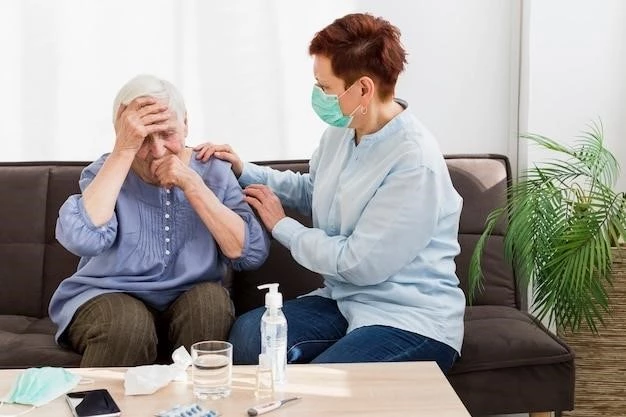Article Plan⁚ Disease ౼ Stye (or Sty)
The term ″Stye″ refers to a bacterial infection of an oil gland in the eyelid, resulting in a painful red bump. It is crucial to understand the causes, symptoms, diagnosis, treatment, prevention, and complications associated with Stye.
Definition and Overview

A stye, also known as a hordeolum, is a bacterial infection of an oil gland in the eyelid. It results in a red tender bump at the edge of the eyelid, caused by blockage and bacterial growth in the gland. Styes are common and can be both external and internal, leading to discomfort and swelling in the eyelid area.
Causes of Stye
A stye is typically caused by a bacterial infection affecting an eyelash follicle or an oil gland in the eyelid. Factors like blepharitis or chronic eyelid inflammation can increase the likelihood of developing a stye. The infection is commonly due to Staphylococcus aureus bacteria, leading to inflammation and the formation of a painful red bump at the eyelid’s edge.
Types of Styes
There are two distinct types of styes⁚ hordeolum and chalazion. A hordeolum involves a blockage of sweat glands in the skin of the eyelid or sebaceous glands. On the other hand, a chalazion typically occurs when an oil gland near the eyelashes is obstructed. Each type has specific causes and treatments, requiring careful attention to alleviate symptoms and prevent complications.
Symptoms of Stye
A stye, whether it be internal or external, typically presents as a red, tender bump at the edge of the eyelid. This painful bump may resemble a pimple or a boil and can cause discomfort. Other common symptoms include eyelid pain, swelling, tearing, and a sensation of something in the eye. Recognizing these signs is crucial in identifying and managing a stye promptly to alleviate discomfort and prevent potential complications.
Diagnosis of Stye
Diagnosing a stye often involves a visual examination of the eyelid by a healthcare provider. Typically, medical professionals can identify a stye based on its appearance and the symptoms reported by the individual. In some cases, additional testing or cultures may be necessary to confirm a bacterial infection. It is essential to seek medical attention if the symptoms persist or worsen to receive appropriate treatment and prevent potential complications.
Treatment for Stye
When dealing with a stye, various treatment options can help alleviate symptoms and promote healing. These may include warm compresses, gentle eyelid cleansing, antibiotic ointments, and in some cases, surgical drainage. It is essential to consult a healthcare professional for proper evaluation and guidance on the most suitable treatment plan for the stye to ensure a swift recovery and prevent complications.
Prevention of Stye
Preventing styes involves maintaining good eyelid hygiene, avoiding touching or rubbing the eyes with dirty hands, and removing eye makeup before bed. Regularly cleaning the eyelids with a gentle cleanser and warm water can help prevent blockages in the oil glands. Additionally, refraining from sharing eye makeup and ensuring contact lenses are properly cleaned and stored can reduce the risk of stye formation.
Home Remedies for Stye

Home remedies can help alleviate the discomfort associated with a stye. Using warm compresses on the affected eye can promote drainage and relieve pain. Gentle eyelid cleansing with a mild cleanser can help keep the area clean and prevent further irritation. It is important not to squeeze or attempt to pop the stye, as this can worsen the condition and lead to complications. If symptoms persist, it is advisable to seek medical attention for appropriate treatment.
Complications of Untreated Styes
Untreated styes can lead to various complications, including the spread of the infection to other parts of the eye or eyelid. In some cases, the infection can worsen, causing the stye to enlarge and become more painful. Persistent or recurrent styes may indicate underlying issues that require medical attention to prevent further complications such as eyelid scarring or the development of chalazia.
Comparison⁚ Stye vs. Chalazion
Styes and chalazia are both eyelid conditions, but they have distinct differences. A stye is a painful red bump caused by a bacterial infection of an oil gland, usually on the eyelid’s edge. On the other hand, a chalazion typically arises when there is a blockage in an oil gland near the eyelashes. While both may cause discomfort, understanding the variances can help in proper diagnosis and treatment.
Conclusion
In conclusion, understanding the causes, symptoms, diagnosis, and treatment options for styes is crucial in managing this common eyelid condition effectively; Prompt attention to styes, whether through home remedies or medical interventions, can help alleviate discomfort and prevent potential complications. By maintaining good eyelid hygiene and seeking timely medical advice, individuals can ensure proper care for styes and promote overall eye health.
